
It’s a sunny Spring morning in 2016, and I’m standing outside the First Church in Malden under the shade of a budding tree. A butterfly flits into the sky toward the soaring steeple of the church, and I notice it’s sadly in need of repair. Looking at the facade, it’s hard for me to believe that this building is one of the last links residents have left to Malden’s founding fathers. The congregation of this church virtually “birthed” our present day Malden government and played a prominent role in the Revolutionary War, leading the colonies in support for America’s Independence from Britain.
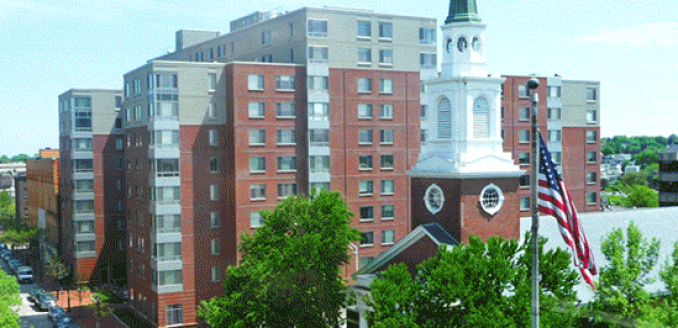
Harder still for me to believe is that anyone could allow this historic treasure to be destroyed.
I’m at the church today to attend an estate sale being held before the building is scheduled for demolition later this year. The eighth “Meeting House” of Malden’s founders, this building is reportedly a replica of an earlier church and it will soon be replaced with apartment and retail/office buildings as part of the downtown revitalization project. While this physical building was constructed in the 1930s and is not the original structure where early Maldonian’s worshiped, it remains an interesting and historical architectural specimen.
As I walk up the wide, welcoming stairs to enter the church, past the squat cement foundations where giant white columns once stood, I’m conflicted, should we accept all new development in the name of progress and disregard any effort to preserve our past? Or is there possibly a path that preserves our past, yet also moves us successfully into the future? I enter the church and walk down the center aisle, past the white pews with dark walnut rails, where so many have sang, prayed, laughed and weeped. I realize that even in the midst of the chaos of an estate sale, this room seems peaceful, its pristine, white arched ceiling and artfully symmetrical pulpit with fine architectural detail commanding reverence for all it’s seen.

In the early days of the American colonies, villagers lived many miles apart, connected only by paths. Travel was cumbersome, time consuming and potentially dangerous. As settlements formed, building a “Meeting House” was a priority. These houses served as a place to worship, to conduct business and as a central location for isolated villagers to gather and share information.
By the mid 1700s, the government required each new settlement to build a “Meeting House” or church and hire a minister. Churchgoers were called “Freemen,” and only Freemen were allowed to vote on colony and settlement matters or hold office. Until about 1800, all of Malden, which at the time included Melrose, Everett, Somerville, as well as people from Charlestown, Chelsea and Revere, worshipped and conducted business within the First Church of Malden. The establishment and maintenance of this church is so important to the story of early “Mauldon,” it might be said that the history of the church and that of the city are inseparable.
The original members of The First Church in Malden were feisty, strong willed and outspoken, requesting to break from the First Church in Charlestown in 1648 to build a place of worship closer to where they lived. These men were also courageous and fiercely patriotic, showing their desire for freedom and independence from Britain with First Church elders issuing “Instructions from the
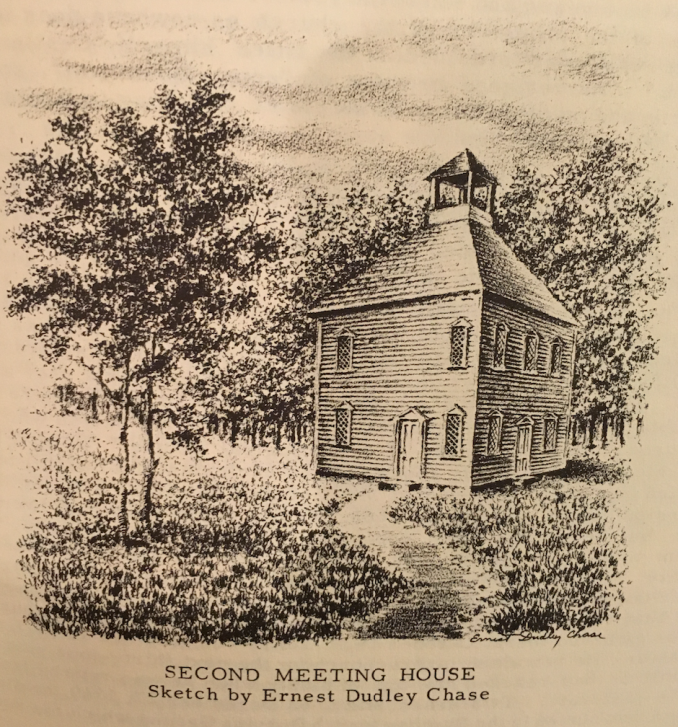
Town of Malden, MA for a Declaration of Independence” in May of 1776, two months prior to the writing of the Declaration of Independence. Reverend Peter Thacher is credited as the author of this very important historical document, which pledged to the Continental Congress, “…that if they should declare America to be a free and independent republic, your constituents will support and defend the measure, to the last drop of their blood, and the last farthing of their treasure.” Some of the thoughts and passages of this document being very similar to those used in our Nation’s “Declaration of Independence”. This congregation would also eventually lay the foundation for our current civic government.
While little is known about the first building of worship in Malden, it was most likely a modest log cabin type structure built in “Bell Rock Pasture,” now known as Bell Rock Park. According to “Echoes from Mystic Side, Malden, Melrose, Everett,” Bell Rock Pasture was named after the bell that hung in a heavy wooden frame, on a rock in the pasture. The bell rang as a signal calling townspeople to worship at the Meeting House and Freemen to transact their public business there. The book “The History of Malden 1633-1785″ recalls that when it was built in 1649, “the little church of Mauldon stood alone in the midst of the uncouth wilderness, which at the time stretched from what is now known as the Mystic River to Reading and Woburn, and from the Abousett (Saugus River) and the sea to the frontier settlement and church at Concord.”
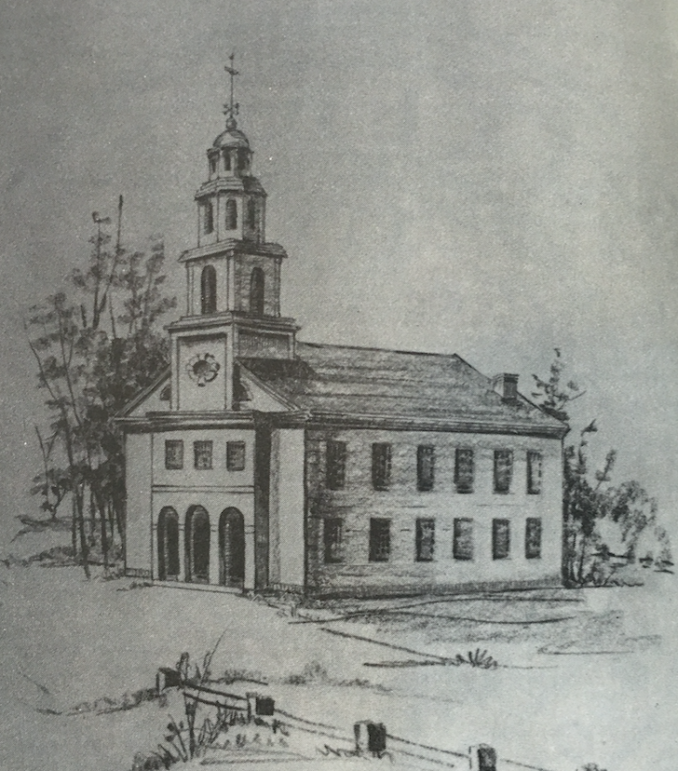
As years went on and Malden’s population increased, the First Church in Malden experienced many changes, splitting into two congregations in 1730, the North and South Parishes, and building bigger churches as needed. The church moved from the original site of Bell Rock Park to a few different locations along Main Street, and in 1870 moved to Pleasant Street, where the current church now sits.
According to Rev. Joshua W. Wellman in “An Historical Discourse,” First Church of Malden was the only church in this area for 85 years, through the Indian, French and Revolutionary Wars. It was Malden’s only church for 154 years. Through that time the church hosted many well known and even a few controversial pastors, such as Marmaduke Matthews, much beloved Michael Wigglesworth, and Joseph Emerson, great grandfather to Ralph Waldo Emerson. This church’s ties to history run deep, even if the events didn’t happen in this building.
The building standing today was built in 1934 and was designed by the architecture firm Allen, Collens and Willis, a Boston/New York firm experienced in designing religious structures. They were hired by John D. Rockefeller to design the Cloisters Museum in New York and designed the First Parish Church in Waltham, among others. It is a Colonial style structure made with bricks from a mill building that was over 100 years old in 1934. The ceiling was built to the acoustic specs of Professor Frederick Saunders of Harvard University and the original altar vases and cross were designed per the architects’ specs, to complement their environment.
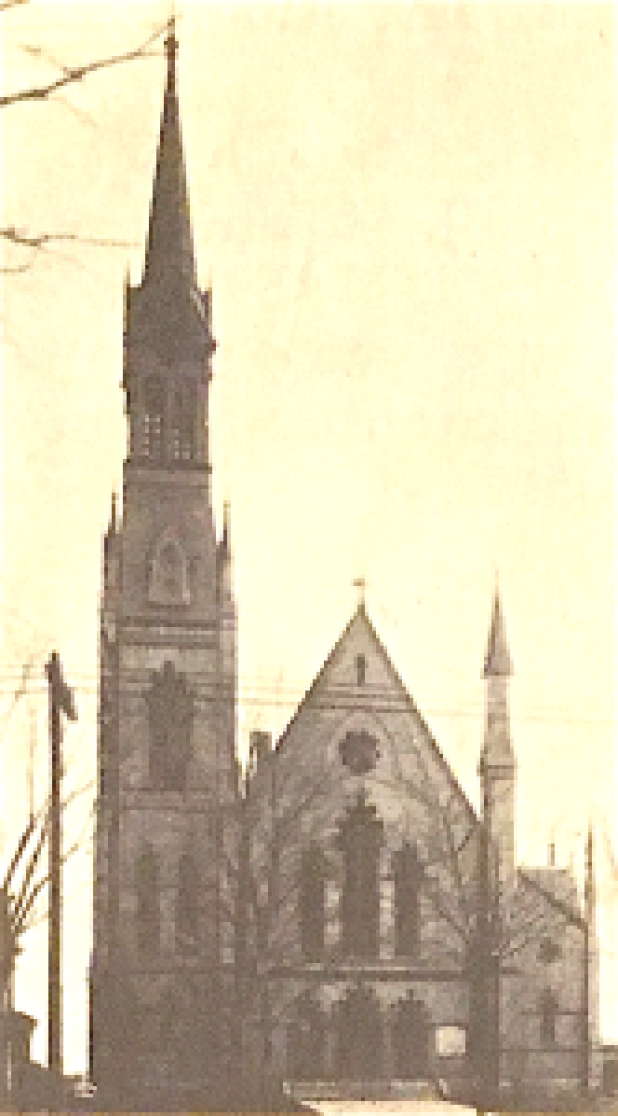
When this church was completed, a 125-year-old bell, passed along through three different church buildings, hung in the belfry. It also contained a baptismal font that was salvaged from the ashes of the prior church’s fire and a mahogany communion table built with a piece of black walnut from the prior building in it. A marble Chancel stone dating from 1734 was embedded in the wall of the East Room, a gift from the Parish Church in Maldon England, where members of the original congregation may have worshiped before leaving for “New England” in the 1600s.
Marilyn Macaskill, current Treasurer of the First Church in Malden, and member of the congregation for 35 years, says there are plans for the historic bell and chancel stone to be displayed in a memorial site within the new downtown development, to “recognize the importance of the church.”
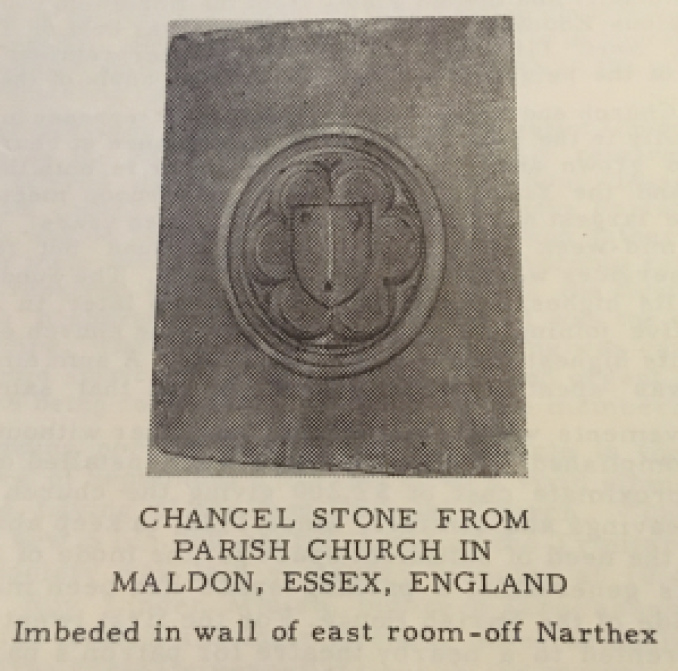
“The congregation couldn’t support the building anymore.” Macaskill stated. Common in most churches today, the size of the congregation has dwindled to approximately 50-75 people, compared to almost 500 members in the late 1800s, and not all of those people attend service every week. “We agonized over the decision to sell for a couple of years.” But she is optimistic, “We have lot our building, not our church.” She says they are currently looking for a new space while waiting to hear when demolition of the church will begin.
Macaskill informs me the estate sale went well and proceeds will benefit the congregation. She also reassures me that the congregation feels it is being respected with the handling of its remembrance within the community.
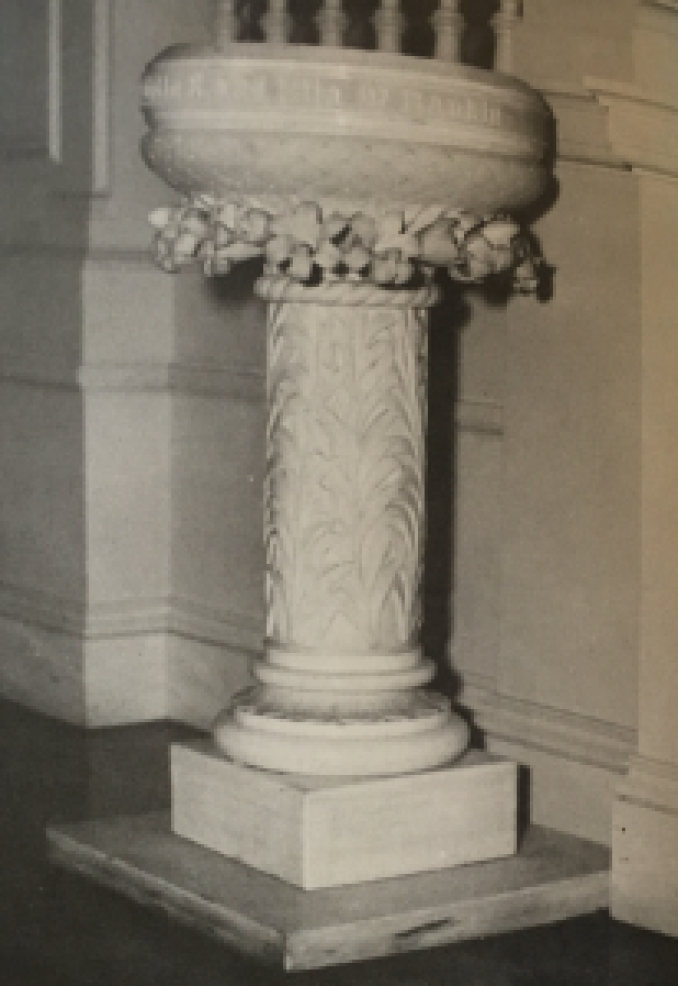
While the congregation has no qualms with the demolition of the church, some residents of Malden are still hoping to preserve the building. Inna Babitskaya, Member of Malden’s Historical Commission and local historian, hopes the Commonwealth will step in to prevent the church’s demolition and has submitted over 400 signatures on paper and online petitions to Governor Baker’s office asking for help. “It could be used for a historical museum,” says Babitskaya, and because of its size, she says portions of it could also be devoted to a cultural and arts center. She points out that the developer, Jefferson Apartment Group is from Virginia, and they “don’t care at all about Malden history and Malden people, they just want their revenue.” Her passion is palpable as she says, “We need to save it for the future generations.”
As I leave the church’s estate sale, I try to envision the “new” downtown Malden, only a few years away. Without doubt, Malden has a bright future ahead, but are we leaning too far forward and not far enough back? If only we could find a middle ground between development and preserving the links to our very strong past. The congregation of the First Church in Malden has survived for over 350 years throughout many different homes. However, this will be the first time the church’s building is demolished and not rebuilt.
Are we are destined to lose another link to our strong past? Only time will tell. –Lisa Sulda





This is so wrong. Greed is at its best.